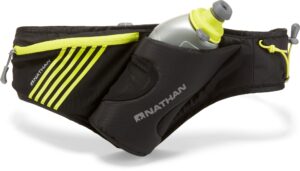I had a professional gait analysis and here’s what I learned–Part 1
The Shoeprint graphic provided by the RunScribe foot pods reveals important information about a runner's stride
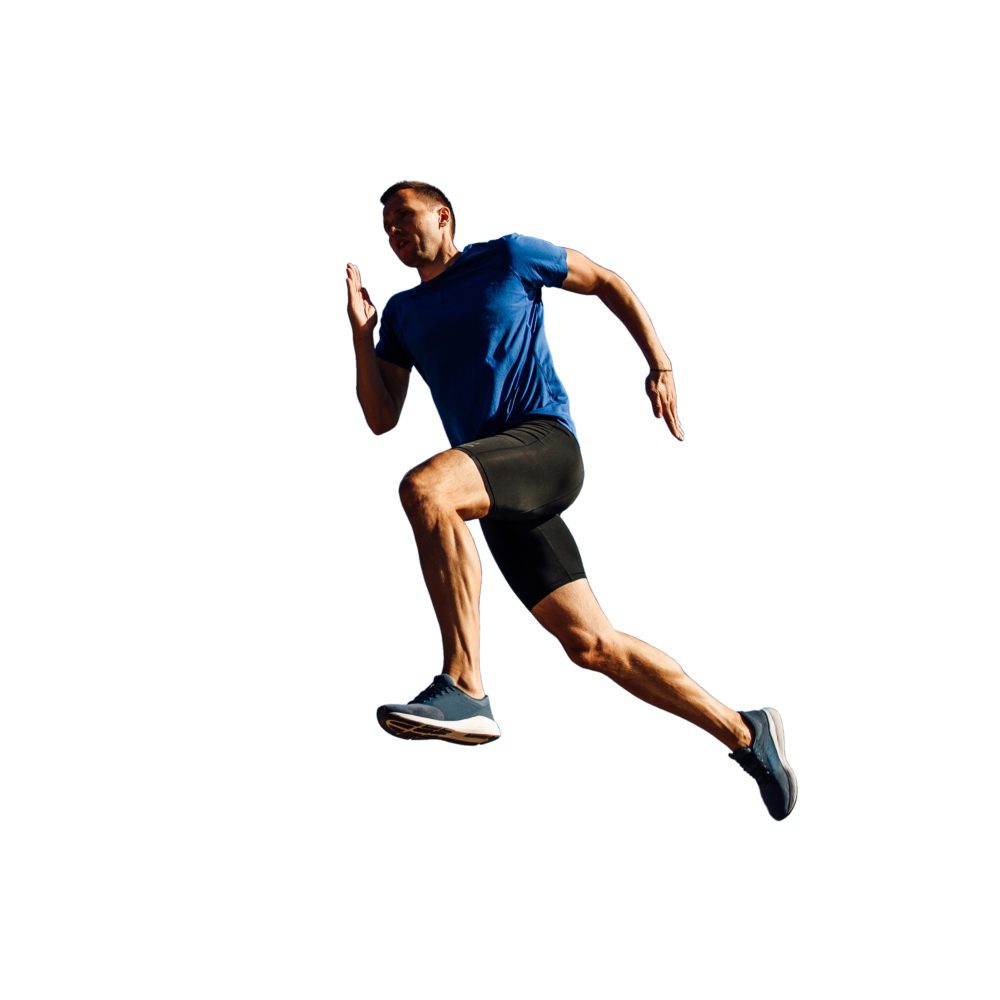
A professional gait analysis can give you valuable information on what areas to strengthen to avoid injury in the future. In particular, if you’re new to running and interested in starting to train for longer distances, or if you’ve struggled with injuries, this information can be invaluable. I borrowed a set of foot pods from Calgary-based running gait analyst and running strength coach Malc Kent of Runfisix, wore them for about eight runs, mailed them back, and received a detailed report for the purpose of this story.
RELATED: New advancements in gait analysis can take your running to the next level
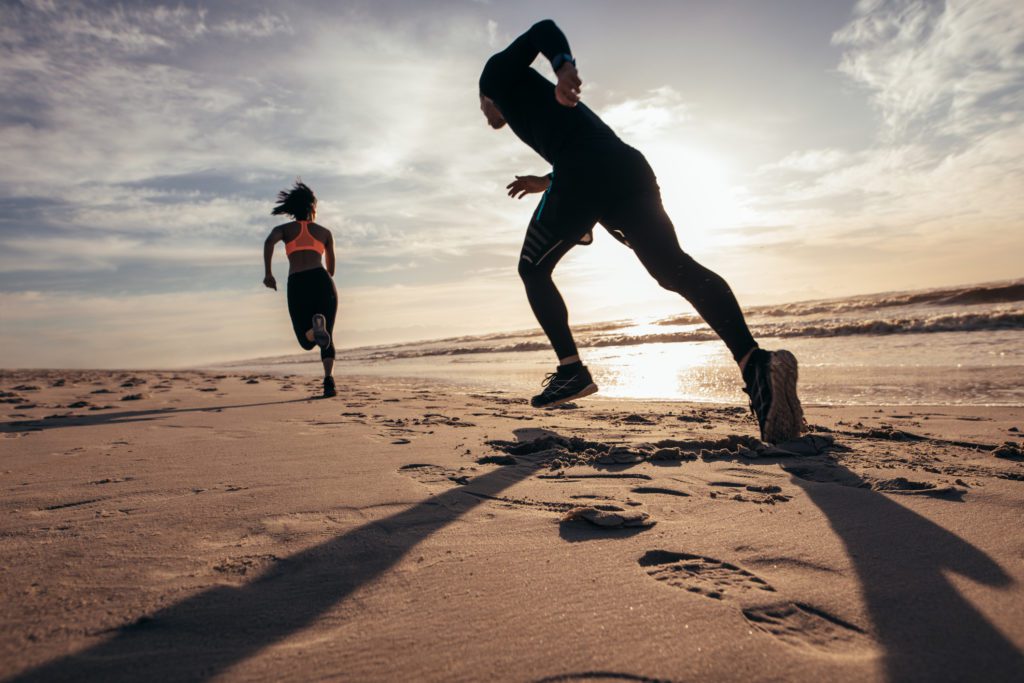
In partnership with engineer Tim Clark of RunScribe, Kent has helped developed small foot pods that clip onto the runner’s laces, and that can measure the left and right sides independently in outdoor running.
The technology in the foot pods is more sophisticated than the type you can buy with certain shoes or smartwatches. The pods measure each foot independently, and they measure more metrics than are typically measured by retail products. The Shoeprint graphics (described below) are unique to this product. Further, the pods’ battery life is 16 hours, and they start and stop recording without the need for a smartwatch or phone. And having the data interpreted by a professional who’s looked at thousands of datasets around the world is key to being able to use the information you’re collecting to reduce your risk of injury.
The pods can measure more than 30 metrics in total, but there are 10 or 15 that are most important for the analyst and the runner, for the purpose of gaining information to help you develop an improvement plan with your health professional.
RELATED: Ankle mobility for injury prevention
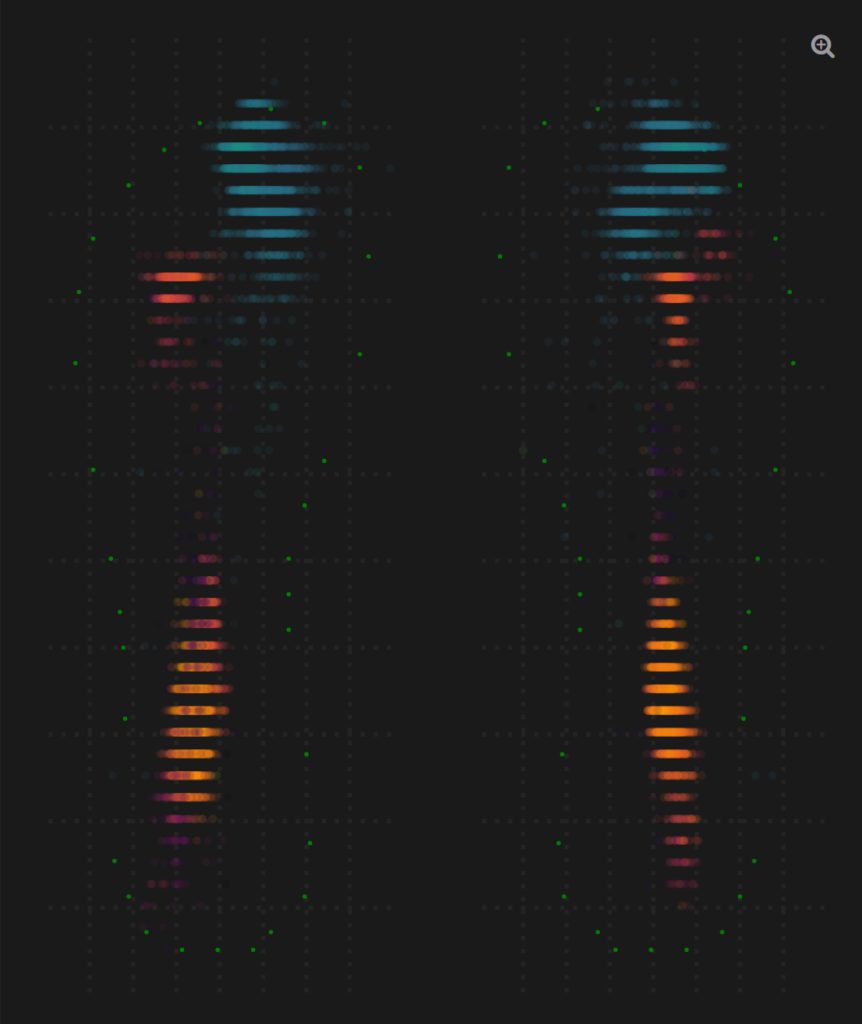
Kent chose three runs that seemed most representative of my typical running style (ideally the pods should be worn for eight runs, and battery life should be more than adequate for this). For the purposes of this story, Kent also walked me through the data by phone.
The Shoeprint graphic (that’s one of mine, above) shows your footstrike and toe-off pattern and how your feet interact with the ground. Each runner gets a unique Shoeprint for each run. The trace of faint dots show the outline of the foot, and the coloured data points show the nature of the foot contact with each step, the orange/red clusters showing the initial footstrike and the blue clusters showing ground contact at toe-off.
Some background: I am a female recreational marathoner in my mid-fifties who’s been running for 16 years and training for the marathon for two years. I typically run five times a week, around 40K to 65K per week. I don’t currently have any injuries, except for a sore right knee (which I’ve had for at least six months, and which does not prevent me from running).
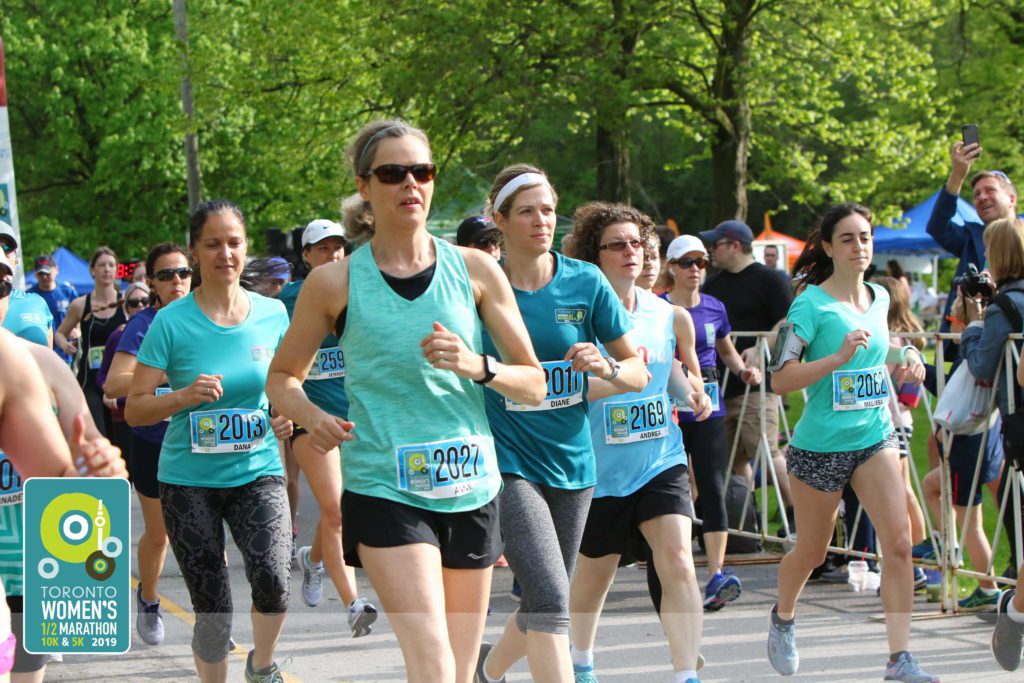
As Kent explains, most people will typically strike in a supinated position (with the orange data points toward the outside of the foot outline) and then pronate inward as their body mass moves over their feet. At toe-off, ideally they will emphasize ground contact at the front and inside of the feet (with the blue data points towards the inside, where the big toe is located).
But my Shoeprints show that I land in the middle of my foot and toe off from my big toe a bit more on my left side than my right, where I toe off more from my middle toes. I clearly do not have a problem with overpronation, and my footstrike pattern is similar between left and right (which is good, since left-right symmetry is important in predicting injury risk).
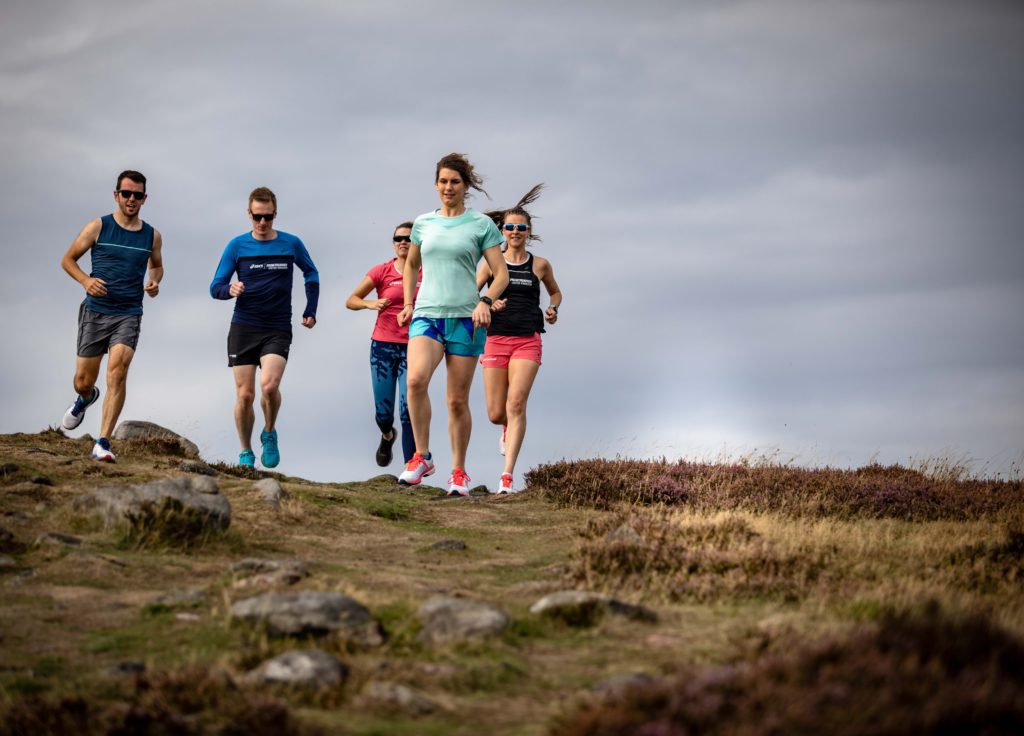
But the fact that I pronate so little, and am not getting my weight over my big toes effectively upon toe-off, indicates reduced natural shock absorption through my feet and ankles (which is not optimal) and less effective use of my feet for propulsion. “The way you flex through the ankle and extend through the key toes is an indicator of your running efficiency and mechanical effectiveness low down in the body,” Kent explained. “The more our big toes and second toes are engaged with the ground, the more stable we are. This stability creates efficiency as well as speed, as we can turn more of the reactive force into propulsion.”
(I should note that although each run yields a separate Shoeprint, all three Shoeprints I received showed a similar pattern.)
Kent notes that he is not a fan of any kind of artificial gait retraining, or asking runners to change the way they run as they perform a workout. The best way to correct imbalances and functional issues like this is to do exercises with cues that train the runner to engage the ground better, being careful to use the big toe when possible (for example, when performing variations of the squat). If performed and integrated correctly, this should translate into improved ground contact characteristics while running.
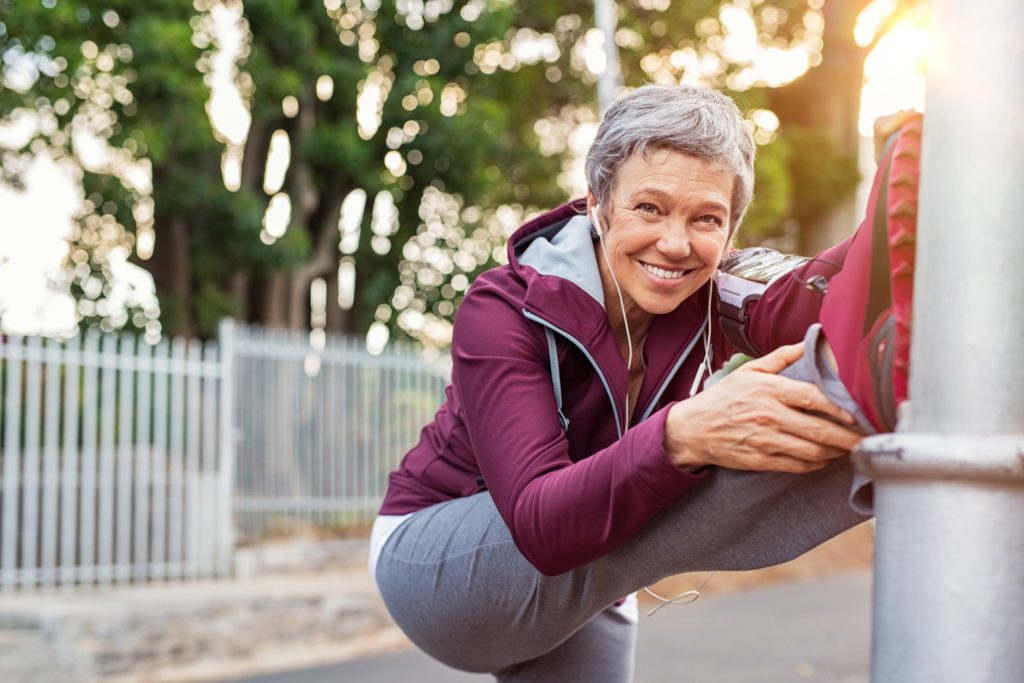
He also notes that some runners may simply lack mobility in joints like the upper ankle (talocrural) and lower ankle (subtalar) or big toe (1st MPJ) to allow for much improvement, and this is where the physiotherapist comes in. A good physiotherapist can evaluate whether you have the potential to improve what’s not working well, and how.
Kent also advised me to take advantage of softer surfaces, such as a treadmill or trails, as much as possible.
Kent charges $149 for a gait analysis. (This does not include the cost of the foot pods, though runners in Canada who purchase a gait analysis may borrow a set of pods for the cost of postage.)
Stay tuned for part two, where we discuss some of the other metrics measured by the RunScribe foot pods.
